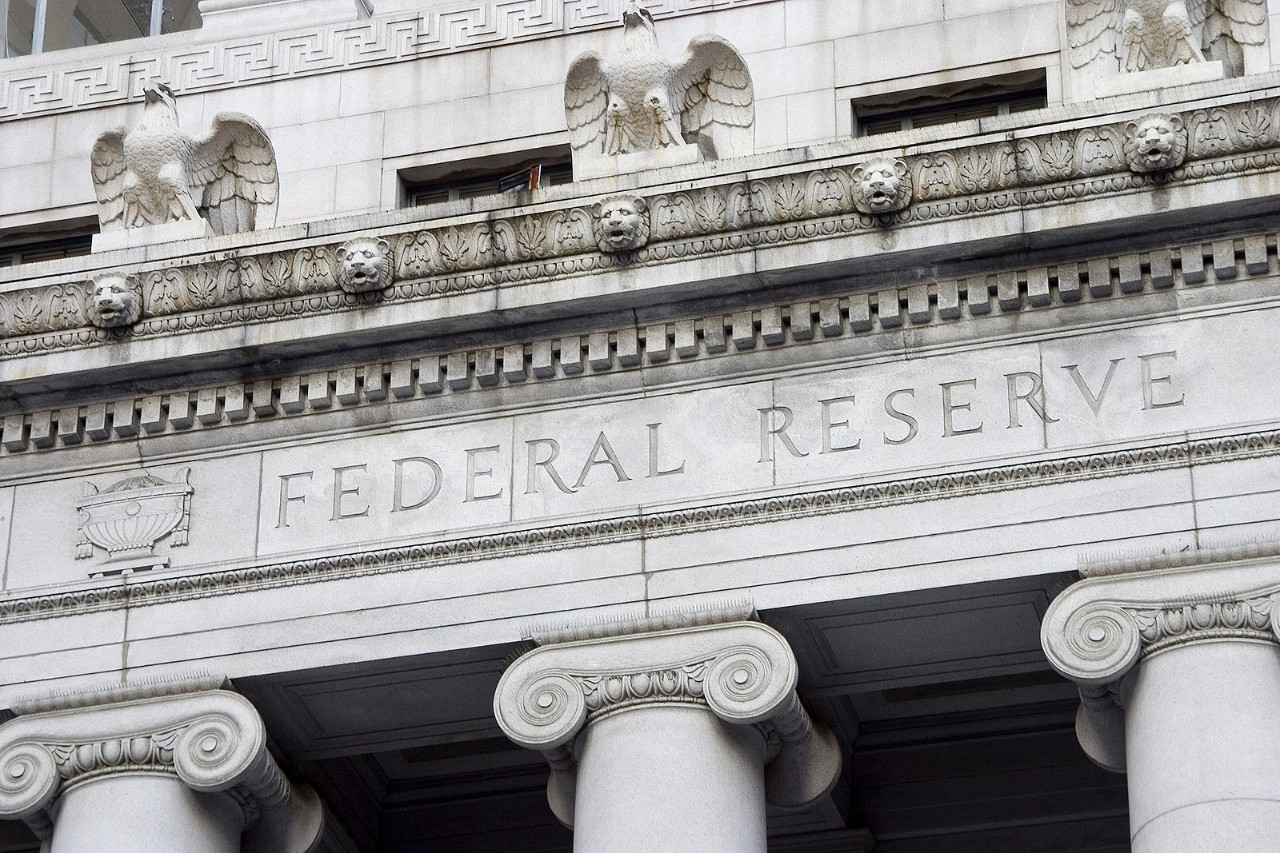"What a Surprise," Said No One
March 17, 2022

Jim Palmer, CFA, Chief Investment Officer
Unless you’re pumping gas or buying groceries, 7.9% inflation seems so, well surreal. Like something from history experienced by our grandparents. But inflation is present, painful and likely to persist at uncomfortably high levels. Surprising no one, the Federal Reserve Open Market Committee (Fed) raised rates 25 basis points (bps) at the March 16th meeting with the promise for more. For Wednesday’s meeting, a 50 bps hike was off the table after Chairman Powell endorsed a 25 bps move during Congressional testimony, but the Fed seemed to leave the door open for larger hikes. Post-meeting Fed funds futures predict six more 25 bps rate hikes in 2022, or a rate hike per meeting. The Fed’s median Dot Plot forecast also suggests six more rate hikes in 2022, followed up with three or four (median forecast was split) more in 2023 before terminating around 2.75%. A level higher than the perceived neutral rate.
How seriously should you take Dot Plot forecasts? Not much, really. One year ago, the Dot Plot suggested no rate hikes until 2024. The December 15, 2021 forecast was for three rate hikes in both 2022 and 2023. But don’t be too hard on Fed voting participants. The data changed and so did their forecasts. A little reminder the Fed tends to follow rather than lead data.
Predicting Fed policy is dicey under the best of circumstances, which is hardly a description of current conditions. We know the direction of Fed policy rates is higher, but the timing and magnitude are less certain. A rate hike per meeting pace seems aggressive to us, almost as if everything needs to go right or at least stabilize in 2022. In the near-term, we expect the Fed to again lift rates 25 bps at the May and June meeting with a total of five by year-end. Why the contrast to futures and the Dot Plot?
- Geopolitical risks (conflict in Ukraine, rising China COVID rates, EU growth) are unusually high.
- Declining U.S. growth rates through 2022 will make raising rates less of a slam dunk.
- Inflation measures, while still too high, should be trending downward after peaking in Q1.
- High energy, gas, food and commodity prices often lead to economic slowdowns and weaker consumer confidence.
- Several important inflation drivers are supply-related and unaffected – or perhaps exacerbated? – by tighter Fed policies.
- Fed aversion to flattening or inverting the yield curve.
- High government debt levels complicate Fed rate hike decisions. The Fed’s independence from U.S. Treasury concerns will be tested should higher debt costs blow a deeper hole in the federal budget.
- Our belief balance sheet reduction - aka quantitative tightening (QT) – will play a more prominent role vs. rate hikes in removing monetary accommodation this cycle. In this case, the Fed may use some meetings to announce QT adjustments in place of rate hikes. In today’s statement, the Fed said it would begin reducing its holdings “at a coming meeting.”
They haven’t asked, but we strongly recommend the Fed begin QT as soon as possible. Considering the Fed just concluded quantitative easing last week, a sharp reversal to QT may seem incongruous. But we see the Fed’s commitment to its tapering road map and padding the balance sheet in the face of high inflation and imminent rate hikes as a testament to Mr. Powell’s aversion to deviating from expectations. Something to keep in mind.
A few clean-up items:
- No one at USBAM is going to fall out of their chair should the Fed become more aggressive with rates. If our outlook is off, the risk tilts toward front-loaded rate hikes with a 50 bps move at a meeting or two. In this scenario, the Fed would be aiming to jolt inflation expectations lower and get the hikes in early before conditions change to make tightening less palatable.
- The “Fed Put” is deep out-of-the-money this year for risk and equity investors. You may have noticed market volatility was not one of our talking points. What would it take for the Fed to act? A sharp contraction in the flow or availability of credit may get their attention, but a garden-variety equity correction or bear market? Nope. Not this time around.
- How about a prediction to end things up? At some point this year, higher corporate capital costs – driven partially by tighter Fed policies – will be cited as a headwind to the capital expenditures needed to resolve the supply chain dilemma.
Sources
Bloomberg, FOMC Dot Plot and World Interest Rate Probability
FOMC Press Release, March 16, 2022